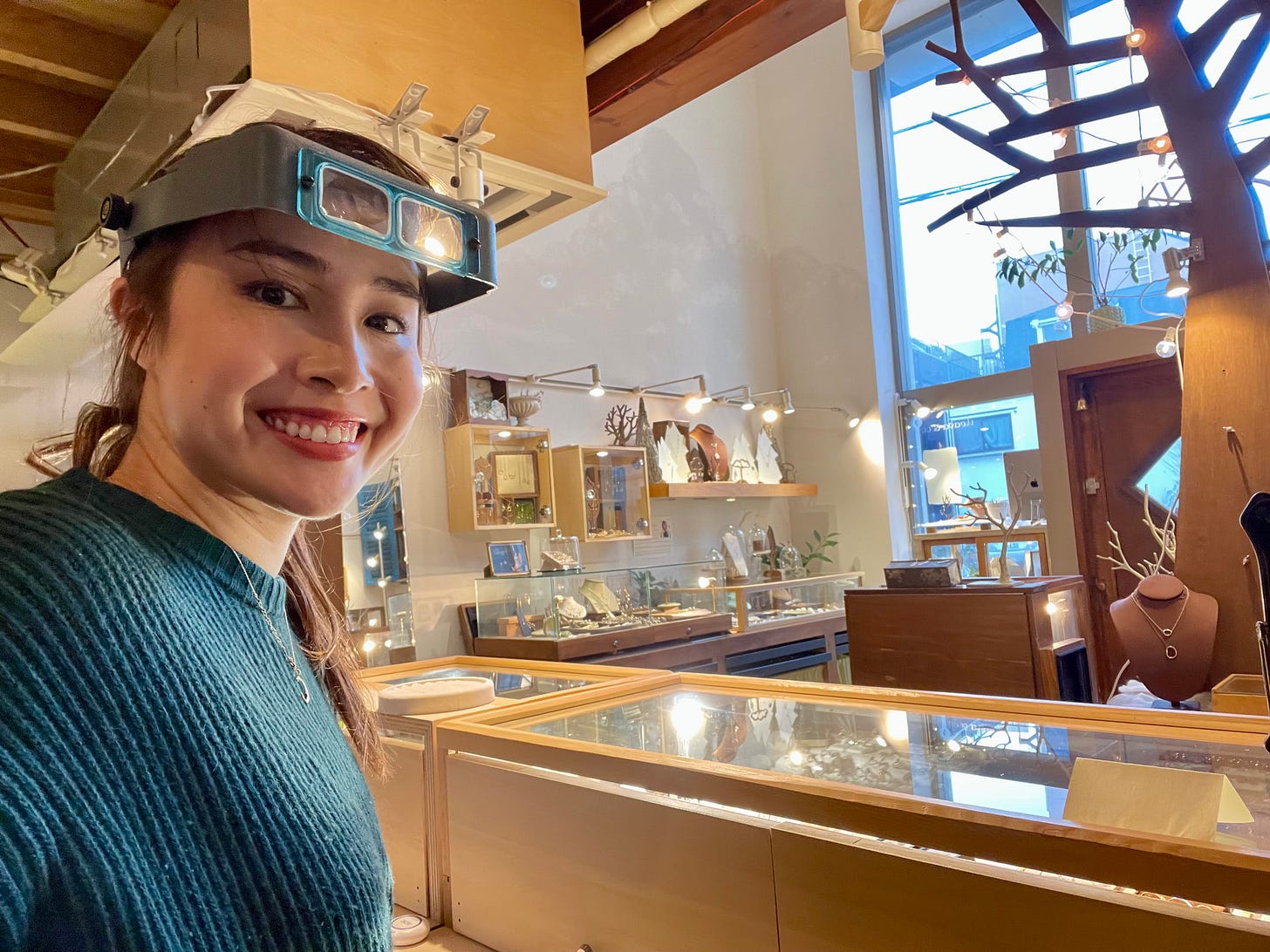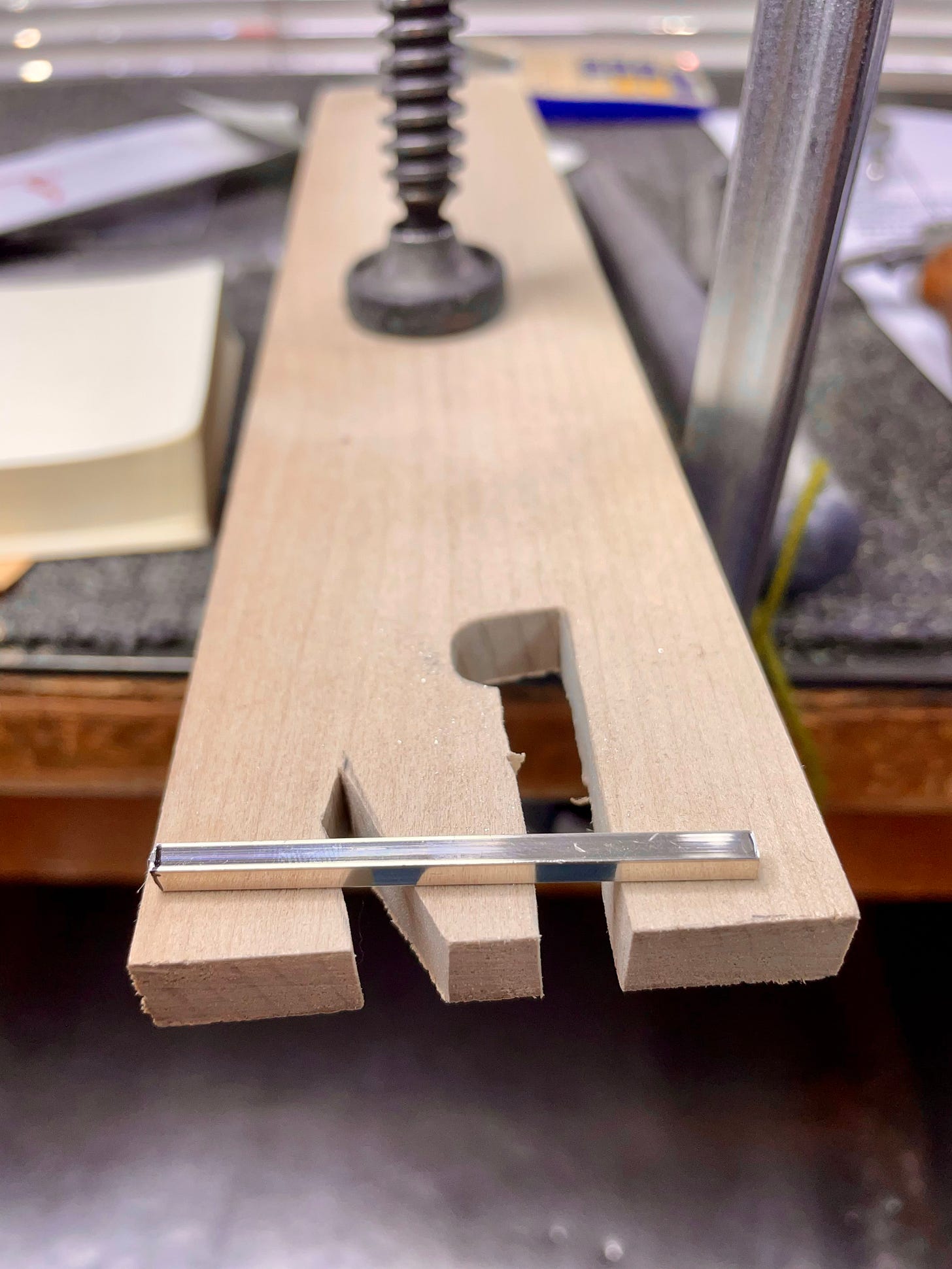Until I was around 24 years old, I thought I would get an advanced degree. I even took the GMAT right after college in anticipation of getting an MBA (I believed that my mathematical abilities were at their peak post-college - clearly not since I didn’t calculate the implications of test scores expiring within 5 years and most top business schools wanting more than 5 years of work experience…).
But I digress. I lost interest in mastering the administering of business and thought I’d never return to a classroom.
Now here I am, attending a jewelry making and silversmithing school!
First day of school
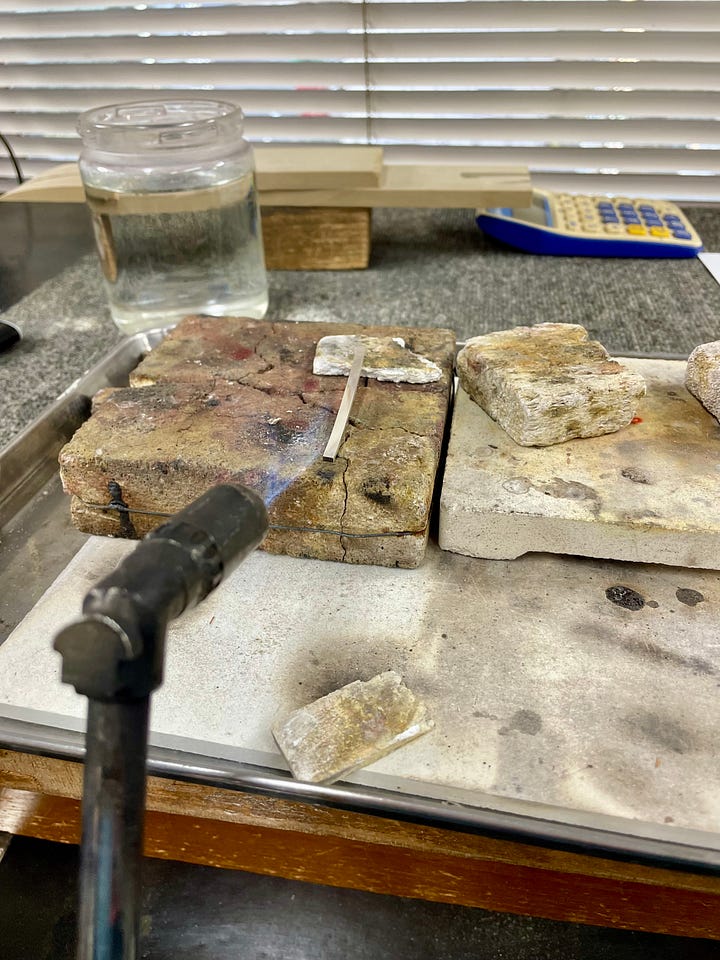
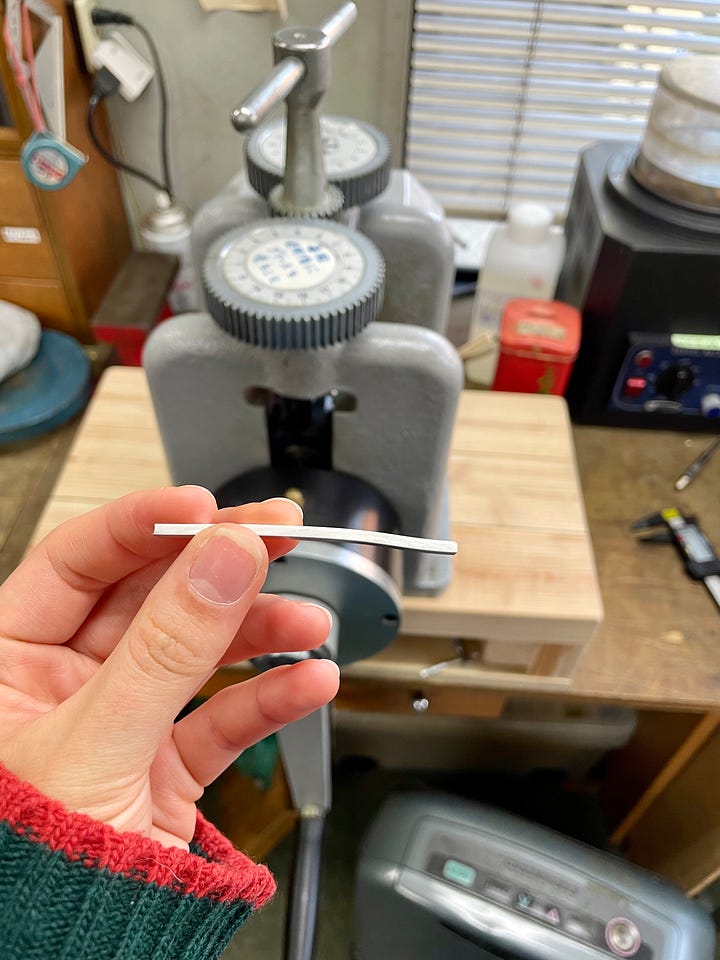
Backpack and notepad in hand, I arrived for my first day at the Aoyama School of Jewelry and Metalsmithing.
There were six students of varying levels including myself. We were guided by the Sensei (teacher) for three hours through our various projects. It’s great because I can observe the more advanced students and hear the instruction they receive as well.
I absolutely loved the class. The well-worn room is packed with jeweler’s benches and tools. All the students and teachers share a passion for the craft and they inspire me to level-up.
During my first class, I made my own wooden bench pin and started making a simple flat ring. The jewelry school predominantly fabricates jewelry (a process where you shape and join metal to create pieces) as opposed to using the lost wax casting technique like I’m learning with ileava jewelry. In the future, I hope to blend the various techniques I learn.
I learned to anneal the silver (heat it with fire then quench it with water - the process softens the silver by rearranging its molecules) and shape it. Beyond the technical lessons, the school really highlighted the importance of precision and taking time.
The Sensei and the other students measure and examine with magnification everything. I tend to rush results, so I have to pump the breaks to plan and reflect before making.
As an additional benefit, the jewelry school is 100% in Japanese! It’s a great opportunity to improve my Japanese. I even learned a new word! Nokogiri (鋸) means “saw (tool)” in Japanese - should come in handy often ;) .
Lessons learned


My first wax pieces finally made it to sterling silver!
It is so gratifying to see figments of my imagination take physical form. I was very excited and proud to see my little silvery designs.
I learned a lot through my first round of experimentation:
The wax creations need to be perfect. The metal castings pick up every imperfection. If I think a piece is “good enough” in wax, it’s not.
For pendants, the ring for the chain to go through needs to be perpendicular to the piece - otherwise I have to add another ring to get the pendant to hang correctly. I made this mistake with a few pendants (like the dachshund and clover shown above). It’s not necessarily “wrong” and can be a design choice, but most of the time I think I prefer the pendant to go directly on the chain without a second ring to hang from.
Designs with high relief need to be crisp. Definition gets lost in the silver, especially after sanding and polishing.
In my next few rounds of designs, I will focus more on refinement. Simpler designs with perfect finishes will have better outcomes than complicated designs with little imperfections. So expect smoother curves and more organic forms in the coming weeks!
Sanding and polishing

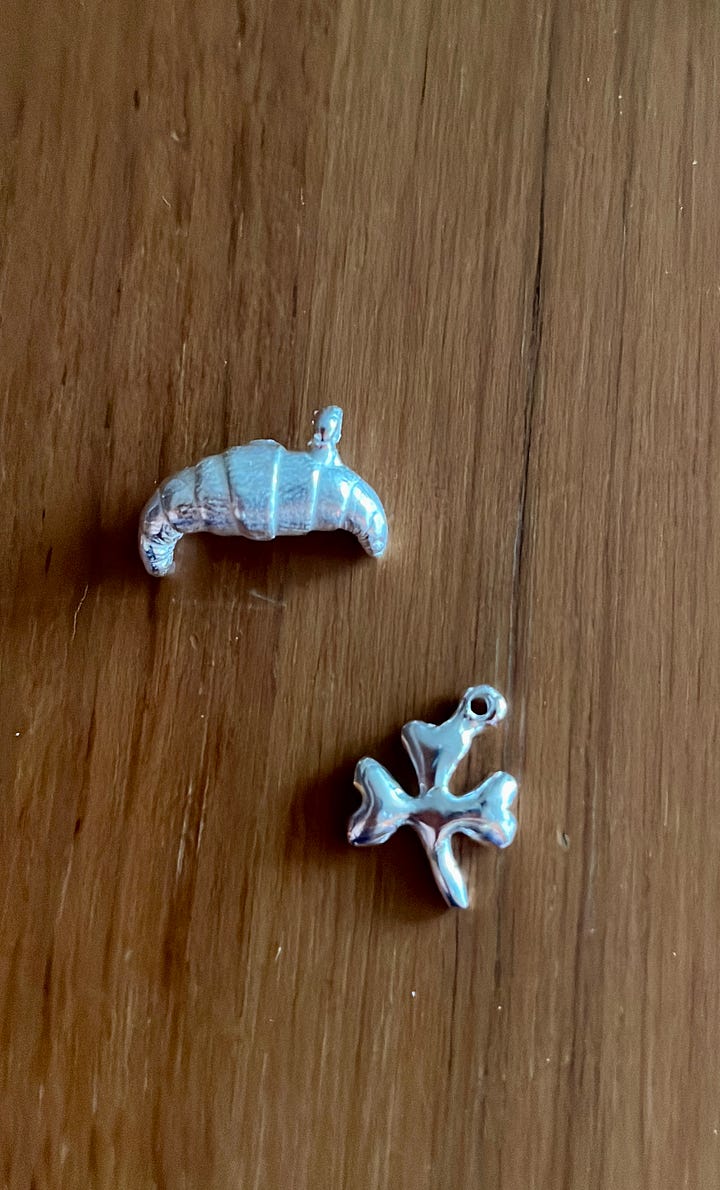
To get eye-catching sheen on a metal piece, you have to sand and polish it.
I’ve realized that this may be the only step in jewelry making I’ve encountered so far that I don’t absolutely adore! It is a serious labor of love and test of patience to file, sand, and polish each piece.
As I shared earlier, every imperfection from the original design in wax transfers to the silver. Designs with texture are also particularly difficult to finish without eliminating their texture.
Next week my goal is to fully polish some of my first pieces so I can see what they look like in their final form.



